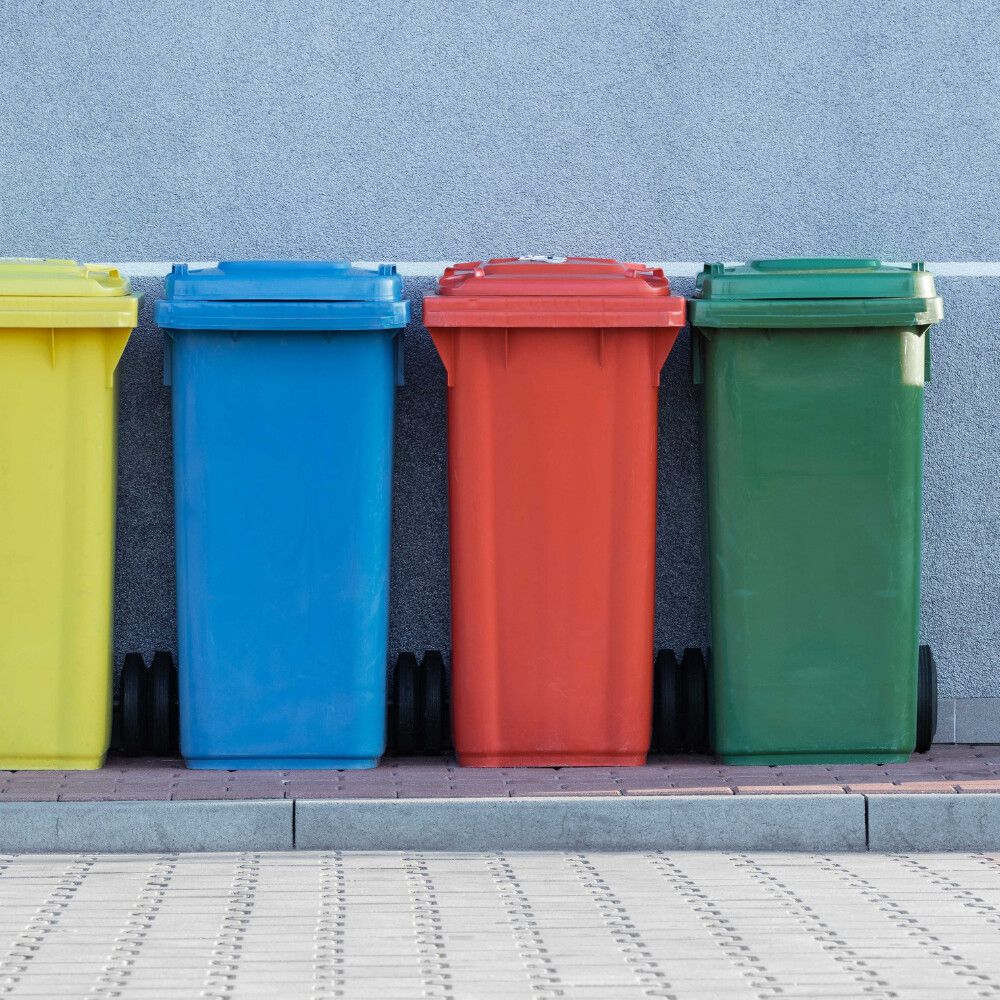
In our area, we are fortunate to have a curbside composting program. Here’s what that looks like: the county provides us with a free green bin into which we place our yard trim and food scraps. We set it out by our curb weekly and the county comes by once a week, year-round to empty it. The food scraps and yard trim are taken to an industrial composting facility. Once the composting process has been completed, the county sells the compost back to residents.
Let’s walk through some of the benefits to a curbside compost program:
1. Your garbage won’t smell as often.
The main component of garbage that smells is food scraps. If you are putting food scraps in your trash, your trash will smell. If you’re putting them in the curbside compost bin, your trash won’t smell. It really is as easy as that.
2. You won’t have as much trash.
Often, people change out their trash bag when the trash starts to smell, regardless of whether the bag is full. Given that it won’t be smelling as much, you won’t be changing out the bag as much. This will save you money on trash bags – another win.
3. Your food scraps will be made into dirt rather than filling up the landfill.
Using your food scraps to make soil is a far better endeavor than filling up the landfill. According to the USDA, nearly 30% of all trash is food scraps and yard waste. Uncontrolled, food scraps in landfills contribute to high amounts of methane gas which is detrimental to the environment.
Here are some tips for making curbside composting work for you and your family.
All food scraps and yard trim must be collected in compostable bags, so no plastic bags for this. You can use paper bags or specially made compostable bags. You can get paper bags from the grocery store, fast food restaurants, and other sources. The compostable bags are made from plant material (usually potatoes or cornstarch) and are available online from numerous sources. You can get my favorites here.
For large amounts of food scraps like from fresh corn, fresh pineapple or melons, you can use a large paper bag or you can spread out sheets of newspaper. Once you’re done, you can close up the bag or wrap the newspaper up like a package and place it in your curbside compost bin.
For smaller amounts of food scraps, consider getting a small container to sit on your counter or under your kitchen sink. The container doesn’t have to cost you anything. I have several plastic pails that were obtained from ice cream or popcorn. As long as the bucket has a lid, it will work. Here’s where I use those compostable bags. I put one in the bottom of the bucket and then add a layer of shredded paper from our home shredder. The shredded paper helps absorb some of the moisture in the food scraps so the bags won’t leak as easily. Once your bag is full, tie a knot in the top and deposit in your curbside compost bin.
For yard trim, you can use a paper grocery bag for small amounts (weeding and deadheading) or you can purchase larger bags for use in the fall for leaf collection.
Around here, the mantra is “feed the bin”, and I encourage you to do so. Keeping food scraps out of the landfill saves space and reduces emissions. Plus, it allows the food scraps to go back to the dirt from which they came, and that’s completing the full life cycle of plants.
Interested in learning more about earth-friendly options? Join my free group here.
Get my free guide: 4 Ways Being Earth-Friendly Can Change Your Life for the Better HERE.
*As an Affiliate for Net Zero, I earn from qualifying purchases.


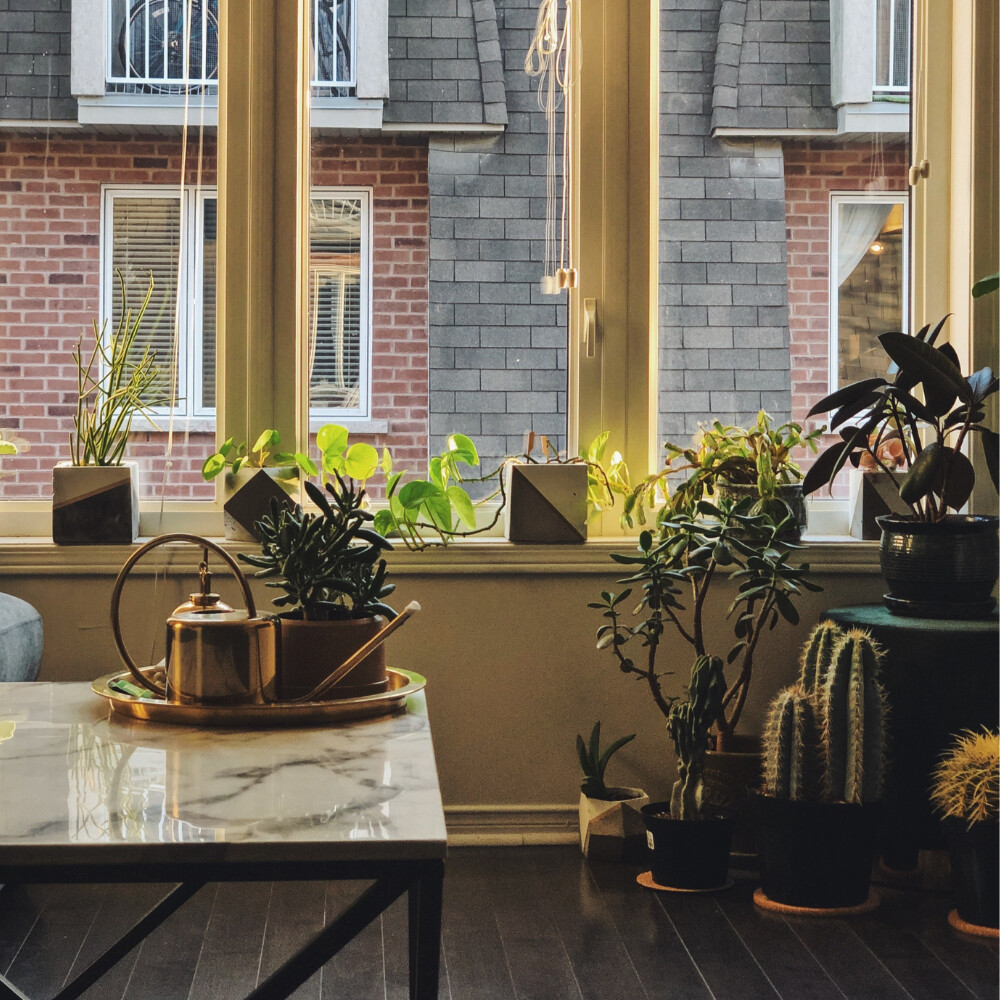
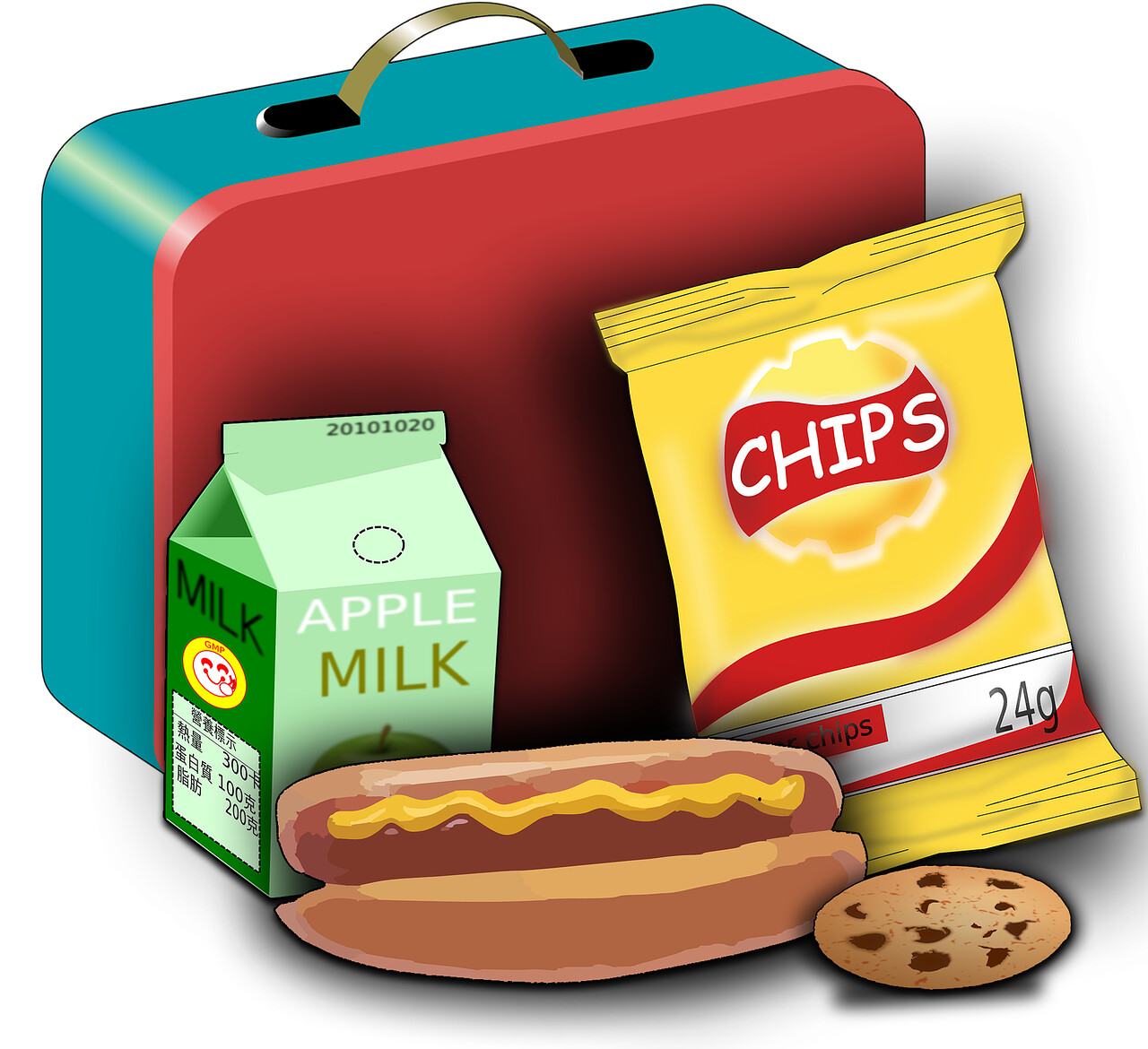
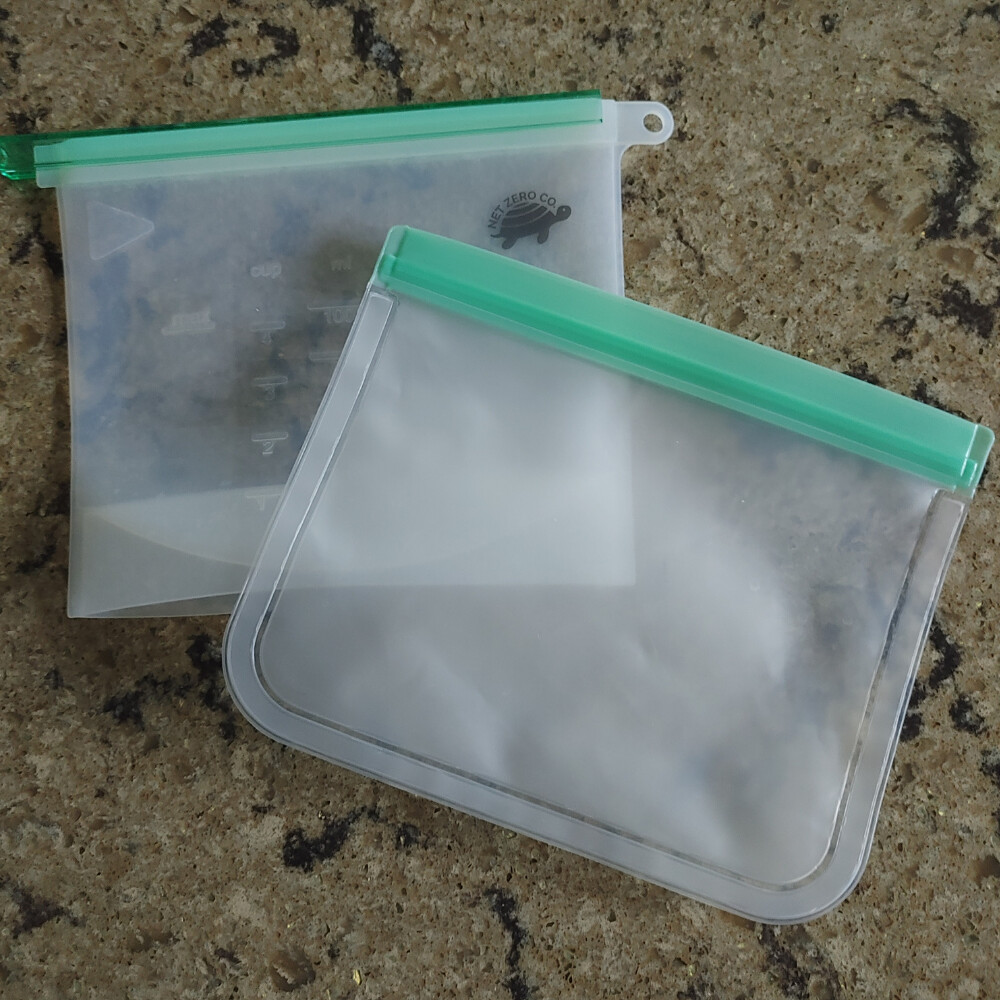
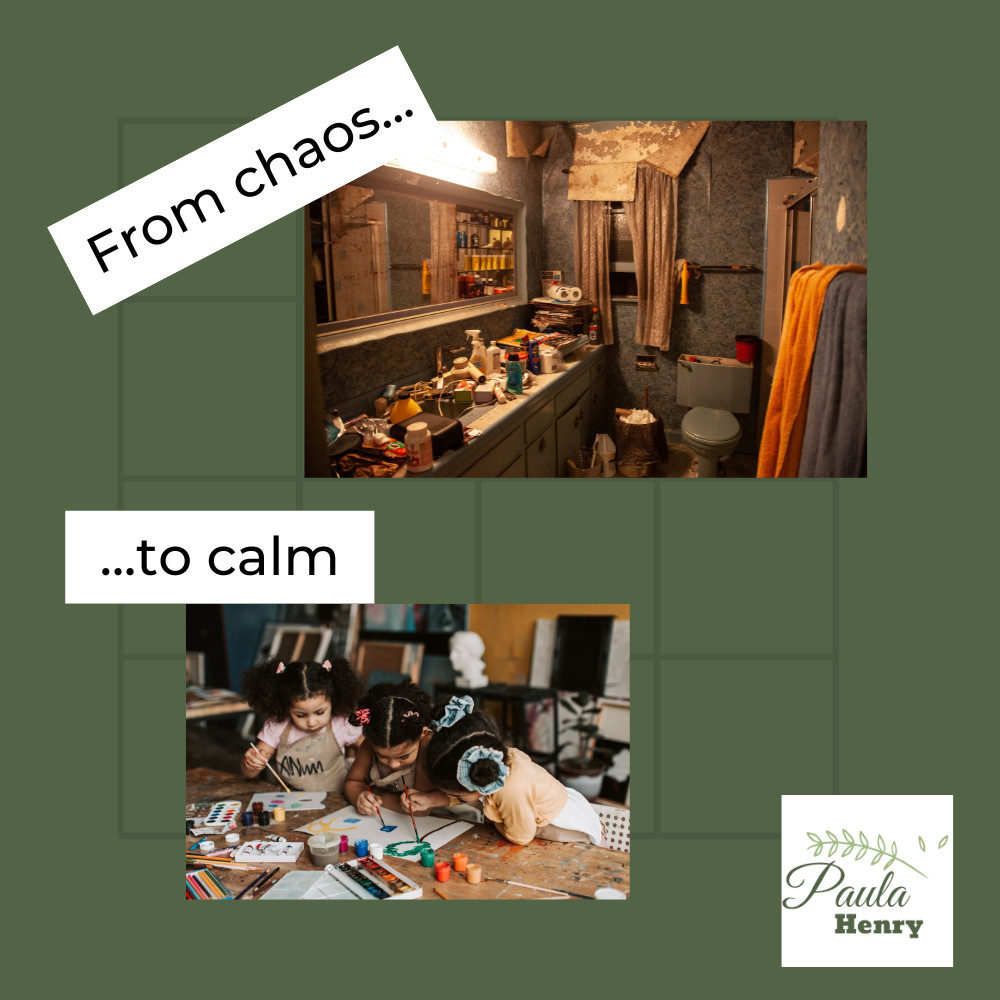

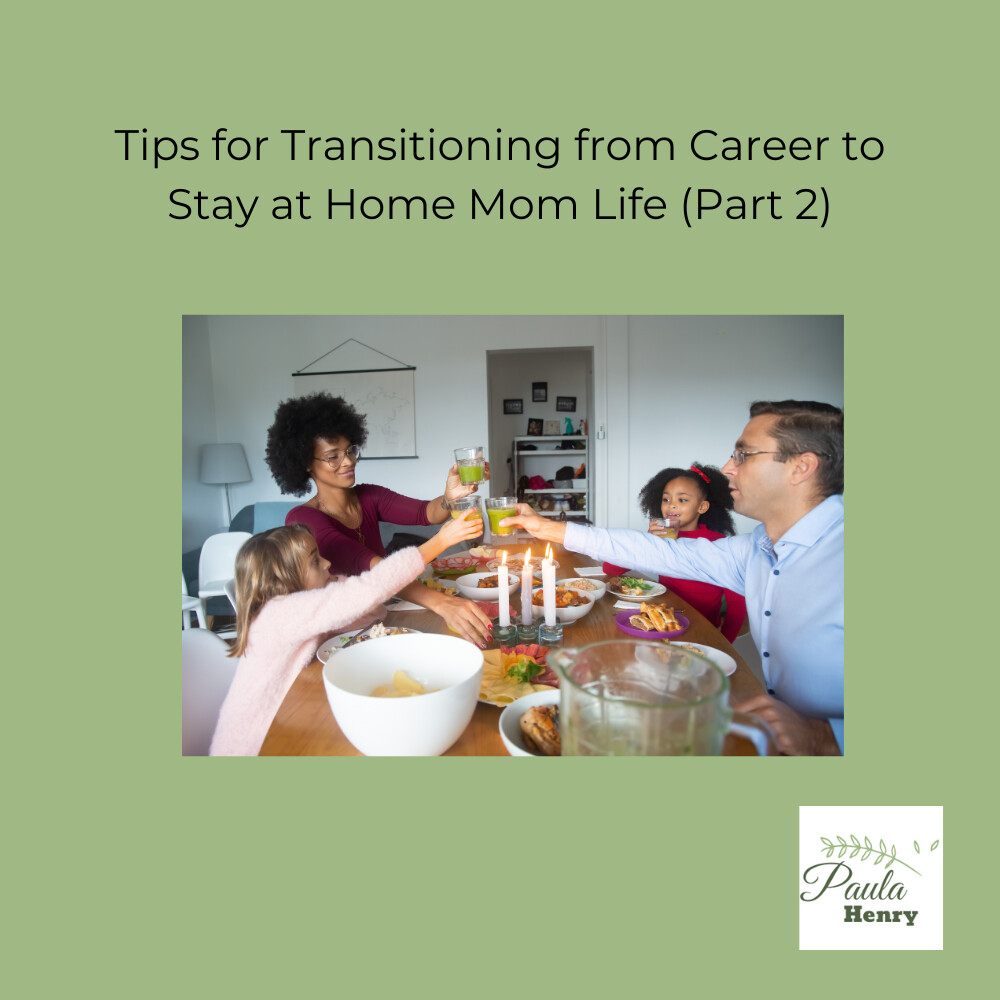
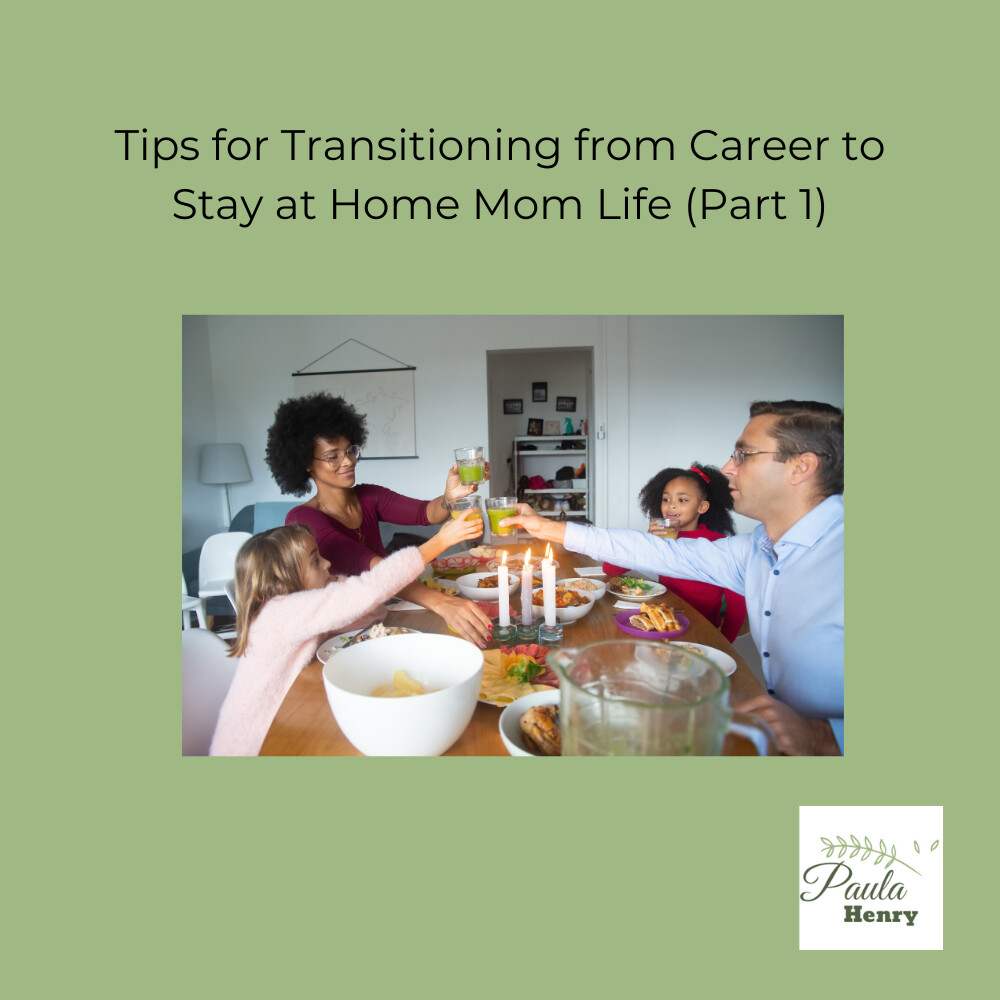

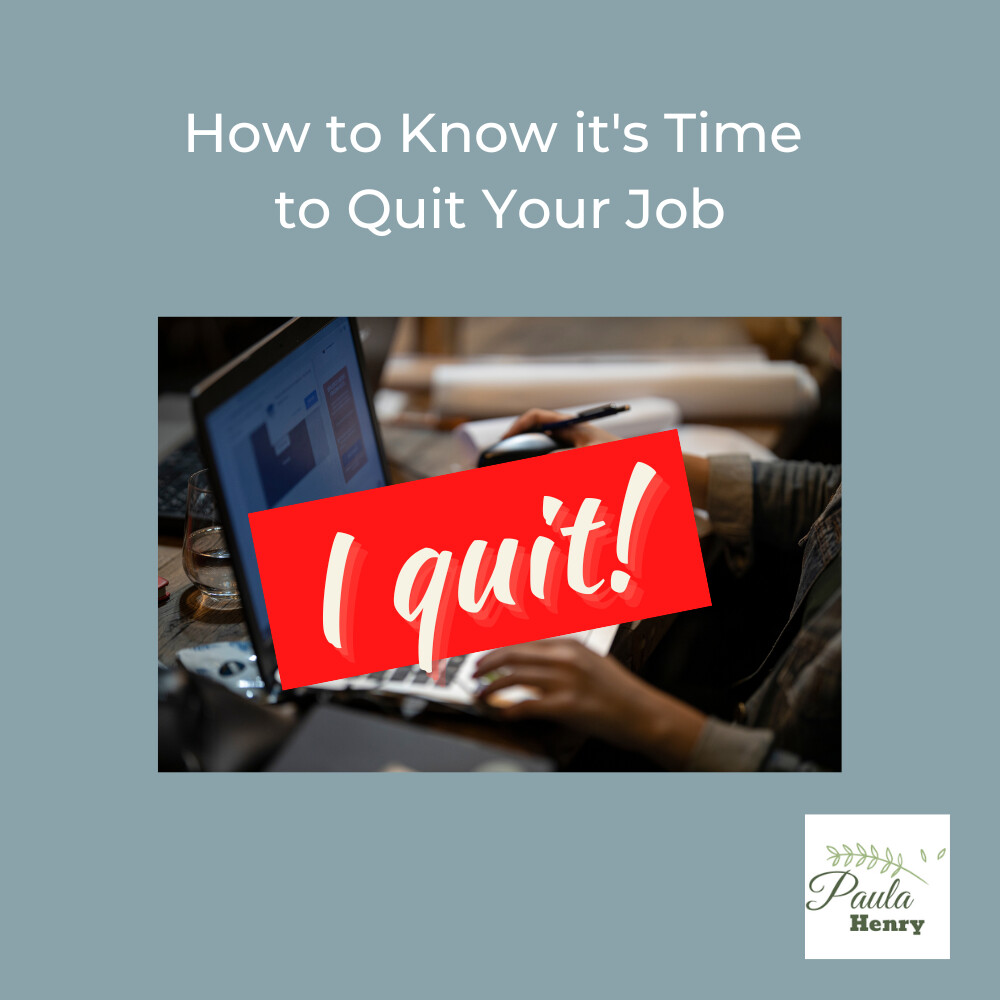

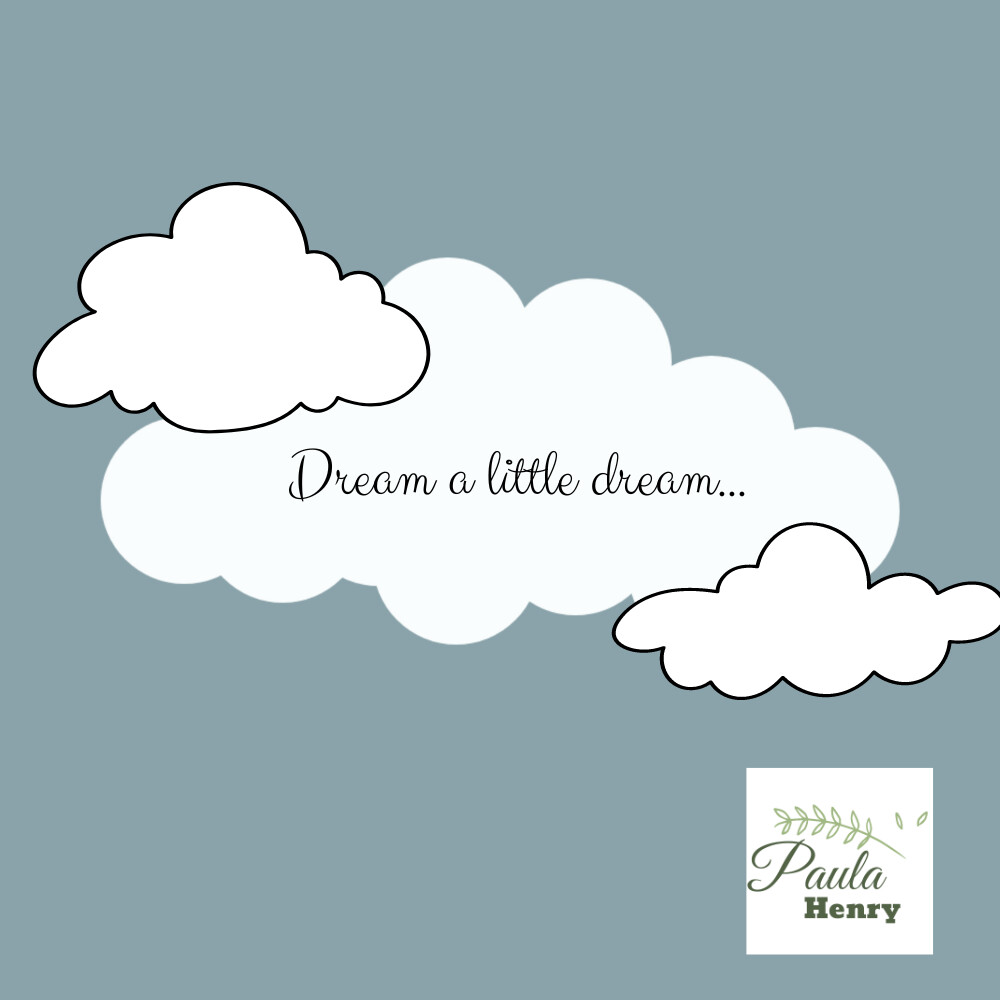



0 Comments